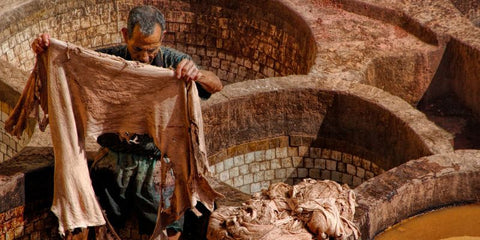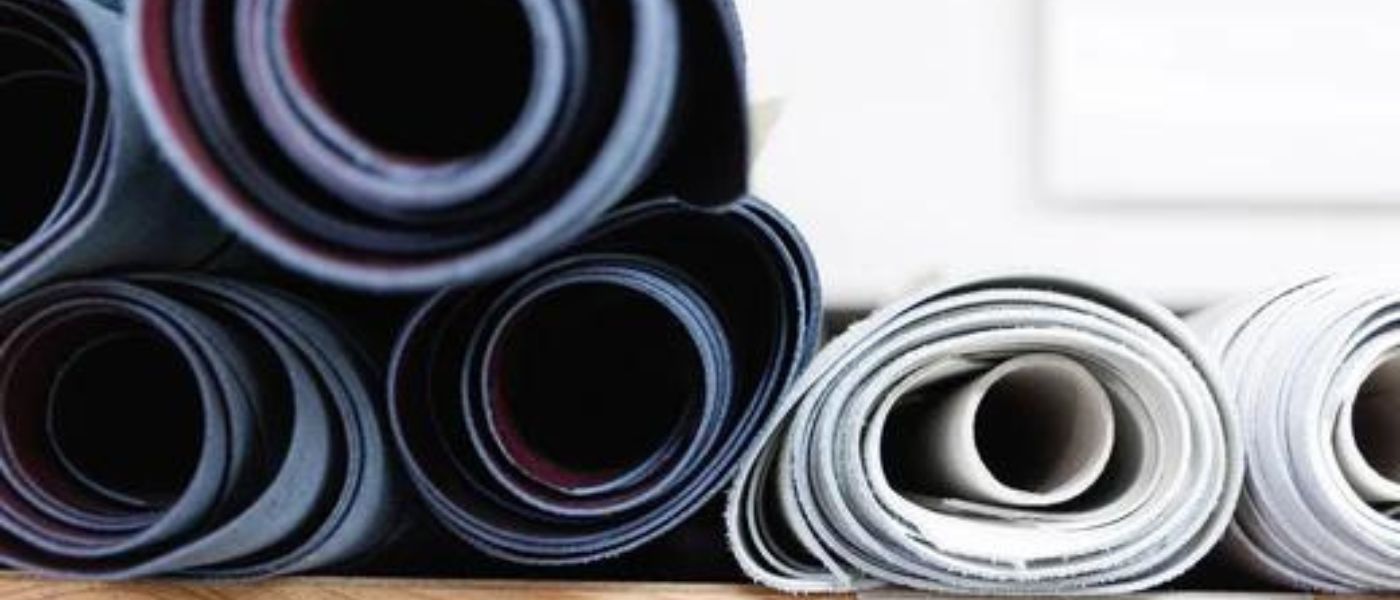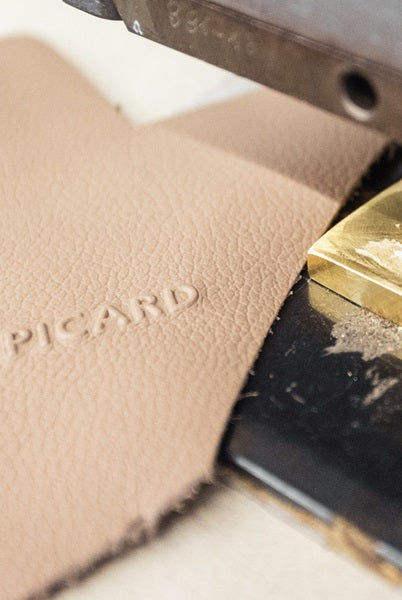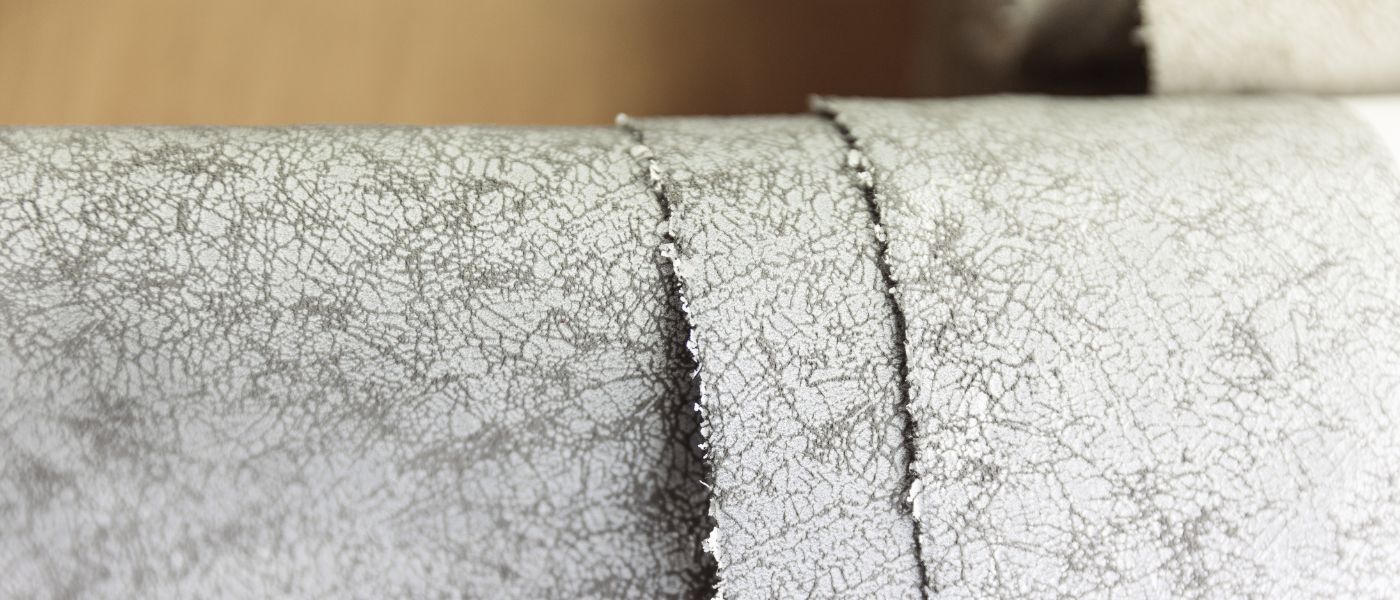The craft of tanning is one of the oldest crafts. It is the art of preserving animal skin and protecting it from decomposition and decay.
Raw, untreated animal skin had to be processed further to make it durable and, above all, usable. In the Paleolithic period, fats, oils and even smoke were used to make the skins more durable.
Leather tanning has been continually developed and improved over the centuries. The most commonly used tanning methods today are chrome tanning, vegetable tanning and synthetic tanning.
In this article we will explain to you exactly how the tanning process works and what it does to the animal skin.

What does tanning mean?
Tanning is the preservation of animal hides and the most important step in the production of leather.
Before animal skin becomes leather, it goes through various processes.
Tanning is a sub-process, but the most important in further processing.
What is a tannery?
Craft businesses in which raw animal hide is made usable are called tanneries. In summary, this is where the transformation of raw hide into leather takes place.
Tanneries can be found all over the world, including in Germany.
In Europe, Germany is the third largest leather producer , after Italy and Spain. There are currently around 12 tanneries in Germany.
This has drastically reduced the number of tanneries in Germany. In 2011 there were 50 tanneries , in 2020 there were only 12 tanneries.
Due to the stricter requirements for the tanning process , small family businesses have joined together to form associations in order to be able to cope with the requirements together.
Many small family businesses simply could not meet these requirements on their own.
Why is leather tanned?
A raw animal skin used as a handbag would smell quite unpleasant after a short time and would not be particularly pleasant to the touch. Animal skin is tanned for the following reasons :
- Tanning protects against decay and hardening
- Tanning prepares the skin for the further manufacturing process
- Tanning increases the resistance of the animal skin
- The skin becomes softer and more elastic
What happens during tanning?
The tanning process protects animal hides from hardening and decomposition and makes them durable.
In addition, tanning makes the animal skin even more resistant.
The fiber structure of the animal hides forms a chemical bond with the tanning agents and is thus made durable.
Animal skin consists of one third collagen (protein); without tanning, the animal skin would become hard during the drying process because the protein threads would stick together.
The tanning process prevents exactly this and allows the protein threads to run “orderly” so that no hardening can occur.

What types of tanning are there?
The three most commonly used tanning methods are
- Chrome tanning
- Vegetable tanning
- Synthetic tanning
But there are also mixed tanning processes, where chrome tanning and vegetable tanning are combined.
Synthetic tanning can also be combined with chrome and vegetable tanning.
As you can see, the animal skin goes through many steps to become leather. It is almost a marathon for the animal skin to become a robust, reliable and durable companion for you.
But a distinction is also made between real and fake tanning . In real tanning, the animal hide forms an inseparable bond with the process chemicals.
Real tanning includes chrome tanning, vegetable tanning and synthetic tanning.
In contrast, in the case of false tanning, the leather skin forms a separable bond with the tanning agents.
This bond can be broken by environmental influences such as heat, moisture and UV radiation.
An example of a fake tanning process is alum tanning (which produces a whitish leather ) or blubber tanning (fish oil) .
Tanning is one of the oldest known tanning processes ; tanning produces a yellowish leather.
Chrome tanning
The first experiments with chromium salts began in 1858 and were extremely successful. Chrome tanning does not fill the animal hide like other tanning methods, which means the leather is lighter.
In addition, chrome-tanned leather is twice as tear-resistant as, for example, vegetable-tanned leather.
Expert knowledge: Today , around 85% of the world's leather manufacturers use chrome tanning. It is considered one of the fastest tanning processes.
You often hear voices declaring chrome tanning to be harmful to health and the environment. But here we are talking about chromium VI , which is not used in the usual chrome tanning process.
Chrome tanning is carried out with chromium III , which does not cause allergic reactions on the skin even with intensive skin contact (shoes and clothing).
Only 0.5% of the world's population suffers from a chromium allergy, which is a very small proportion.
Vegetable tanning
Vegetable tanning was used long before chrome tanning; this tanning process produces a brownish leather.
With a tanning time of 20 to 30 months, vegetable tanning is a real step ahead of chrome tanning, which is completed in just a few days.
Today, only around 10-12% of leather is tanned using vegetable tanning, although it used to be the most common tanning process before chrome tanning.
To tan one hide using vegetable tanning, around 30 kg of bark is needed.
That's not so little, is it?
Tannins are the substances that are extracted from the bark and are needed to tan animal hide using plants. There are around 300 plant species worldwide that contain this tanning agent.
The most commonly used for vegetable tanning are:
- Mimosa bark
- Spruce/oak bark
- Rhubarb roots
- Olive leaves
- Tara pods
- Quebracho wood
Synthetic tanning
Synthetic tanning is probably the newest tanning method, it was invented in 1911. Leather that has been tanned purely synthetically is more sensitive to heat and moisture.
For this reason , synthetic tanning is often combined with chrome or vegetable tanning.
Synthetic tanning agents are produced from aromatic products using protected processes. The tanning agents are also known as aromatic syntates.
The synthetic tanning agent often contains formaldehyde, glutaraldehyde, phenols and acrylates
Mixed tanning
Mixed tanning is often used in synthetic tanning because this tanning process produces a very light and fine leather , but also a very sensitive leather.
The most common combinations are chrome tanning, vegetable tanning and synthetic tanning.

What do you need for tanning?
In short, training as a tanner would be best. Of course, you can also tan leather yourself, but for this you will need time and space.
But before you start the tanning process, you should study the processes properly and also familiarize yourself with the safety and disposal regulations. Splitting machines for thick leather, tanning barrels and fulling drums are really difficult to replace with manual work.
Conclusion
The art of tanning is an ancient craft that transforms animal skin into durable and versatile leather.
There are different tanning methods such as chrome tanning, vegetable tanning and synthetic tanning, each offering unique properties.
These versatile tanning processes are used in shoes, bags, clothing and more, with each process offering specific properties for different purposes.
FAQ
How was leather tanned in the Middle Ages?
In the Middle Ages, leather was tanned in a fairly simple way, mainly through vegetable tanning.
Here, animal skins were soaked in running water and then placed in barrels containing tanning agents from plants such as oak or spruce bark.
This process took several months and required patience.
Find out more by reading our other articles.








